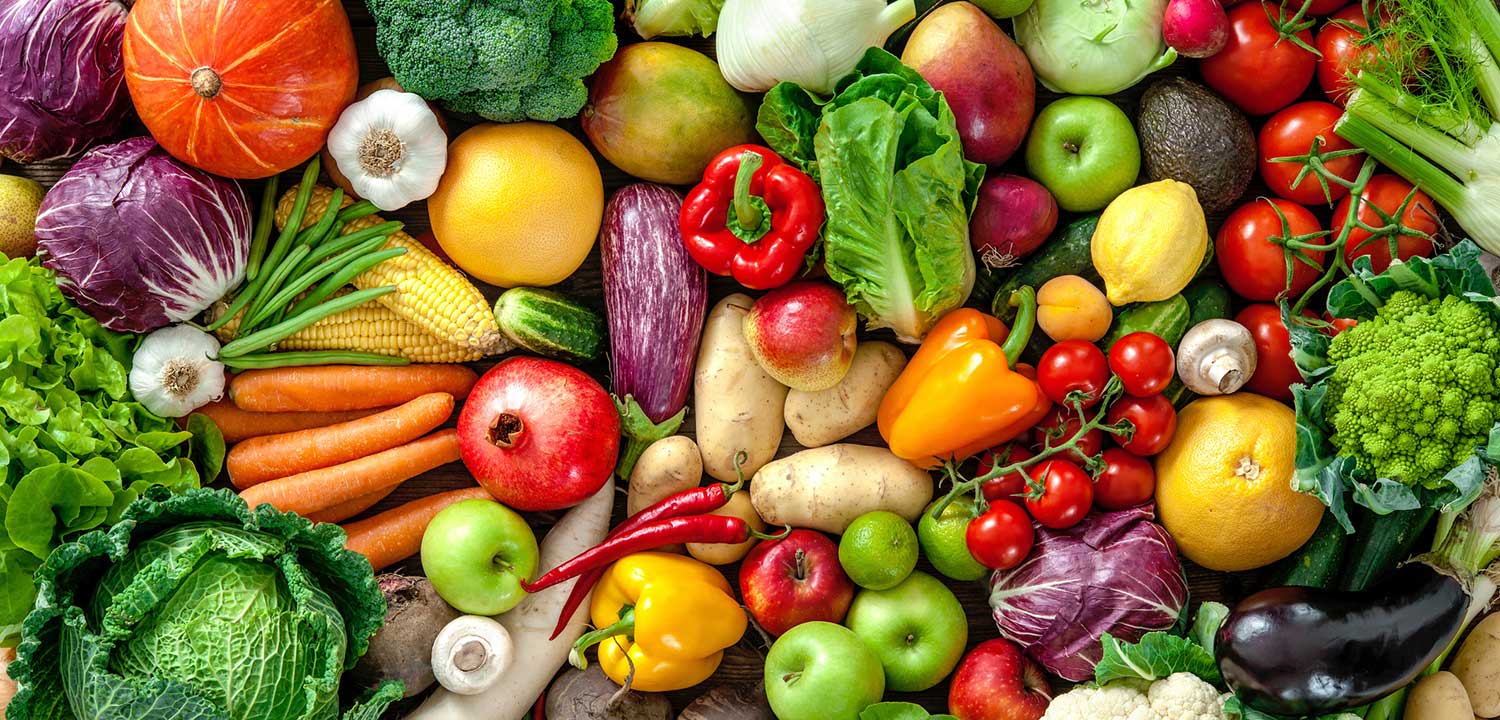
19 Jul Plant Powered Eating – Getting Started
So, what exactly is a plant-powered diet?
A plant-powered eating pattern focuses on foods primarily from plants. This includes not only fruits and vegetables, but also nuts, seeds, oils, whole grains, legumes, and beans.
A plant-powered diet means prioritizing plant foods from which you can also get most of the nutrients your body needs. It encourages consumption of plant foods and is not a restrictive diet that makes foods off-limits. It does not mean that you are vegetarian or vegan and can never eat meat or dairy. Rather, you are choosing to have more of your foods from plant sources. For the most part, people on plant-powered diets eat LESS of the following:
- Fast food
- Desserts
- Sweetened beverages
- Refined grains (white rice, white bread, refined pasta, etc.)
- Packaged foods (cookies, chips, sugary cereals, etc.)
- Processed meats (bacon, sausage, etc.)
Great! How do I get started on it?
If you want to make the switch to a plant-powered diet, you can start by gradually reducing your meat and dairy intake. Eating an entirely plant-powered meal once a week or swapping out one animal product for a plant-based one, can be an excellent place to start.
Here are some EASY ways to begin switching to a plant-based diet:
- Start with breakfast: Meat and other animal products tend to be the stars of lunches and dinners, so if you’re not quite ready to tackle plant-based versions of those yet, start with breakfast!
- Add more fruits and veggies in gradually: Sprinkle some spinach or peppers into your morning eggs; spruce up your lunch by adding a side salad; or top your sandwich with some grilled veggies.
- Stock up on frozen fruits and vegetables: This way, you’ll always have plant foods on hand — and no excuse for why you can’t incorporate a few more veggies into the evening menu!
- Eat lots of vegetables. Fill half your plate with vegetables at lunch and dinner.
- Change the way you think about meat. Use it as a garnish instead of a centerpiece.
- Choose good fats. Fats in olive oil, olives, nuts and nut butters, seeds, and avocados are particularly healthy choices.
- Include whole grains for breakfast. Start with oatmeal, quinoa, buckwheat, or barley. Then add some nuts or seeds along with fresh fruit.
- Go for greens. Try a variety of green leafy vegetables such as kale, collards, Swiss chard, spinach, and other greens each day.
- Eat fruit for dessert. A ripe, juicy peach, a refreshing slice of watermelon, or a crisp apple will satisfy your craving for a sweet bite after a meal.
Plant-powered eating does not mean eliminating food groups or lean sources of protein in totality. It’s much friendlier than that. Following a plant-powered diet does not involve giving up anything. It means you are embracing an eating style that focuses on eating more plants. This is beneficial both for your health and for the environment.
Can I do this on my own or do I need professional guidance?
If you are thinking of moving to a plant-powered diet but you don’t know where to start, there are tons of great resources online. One such resource that we love is @forksoverknives. They have plenty of tools and insights to make the change easy and enjoyable – from meal plans to menu inspiration.
Eating a diet higher in plant foods and lower in animal products can have many health benefits, including weight loss or maintenance and a lower risk of heart disease and diabetes.
And of course, if you are concerned about how this diet may impact your health and any existing conditions, you can always speak to one of our doctors via the Health at Hand app to learn if a plant-powered diet is right for you!


